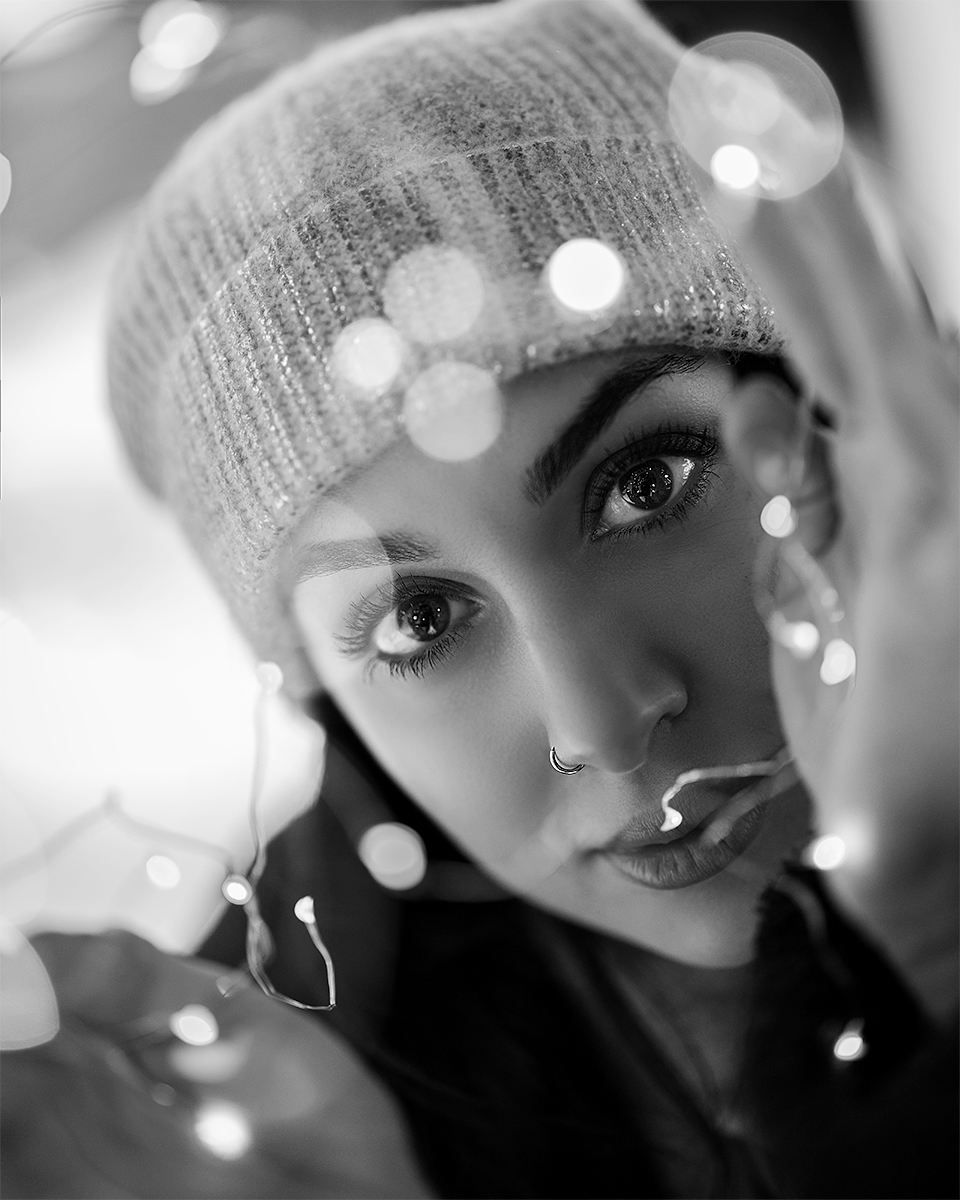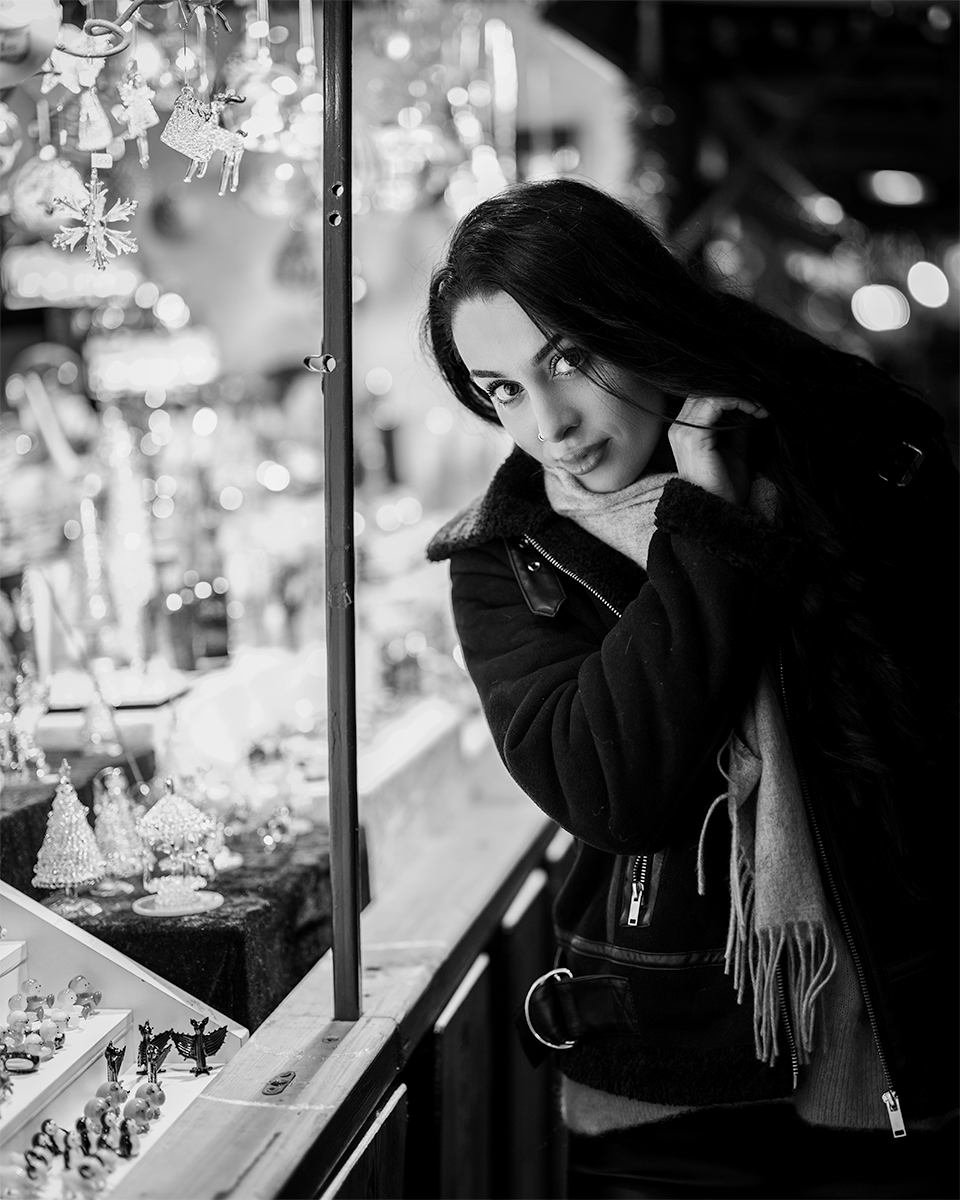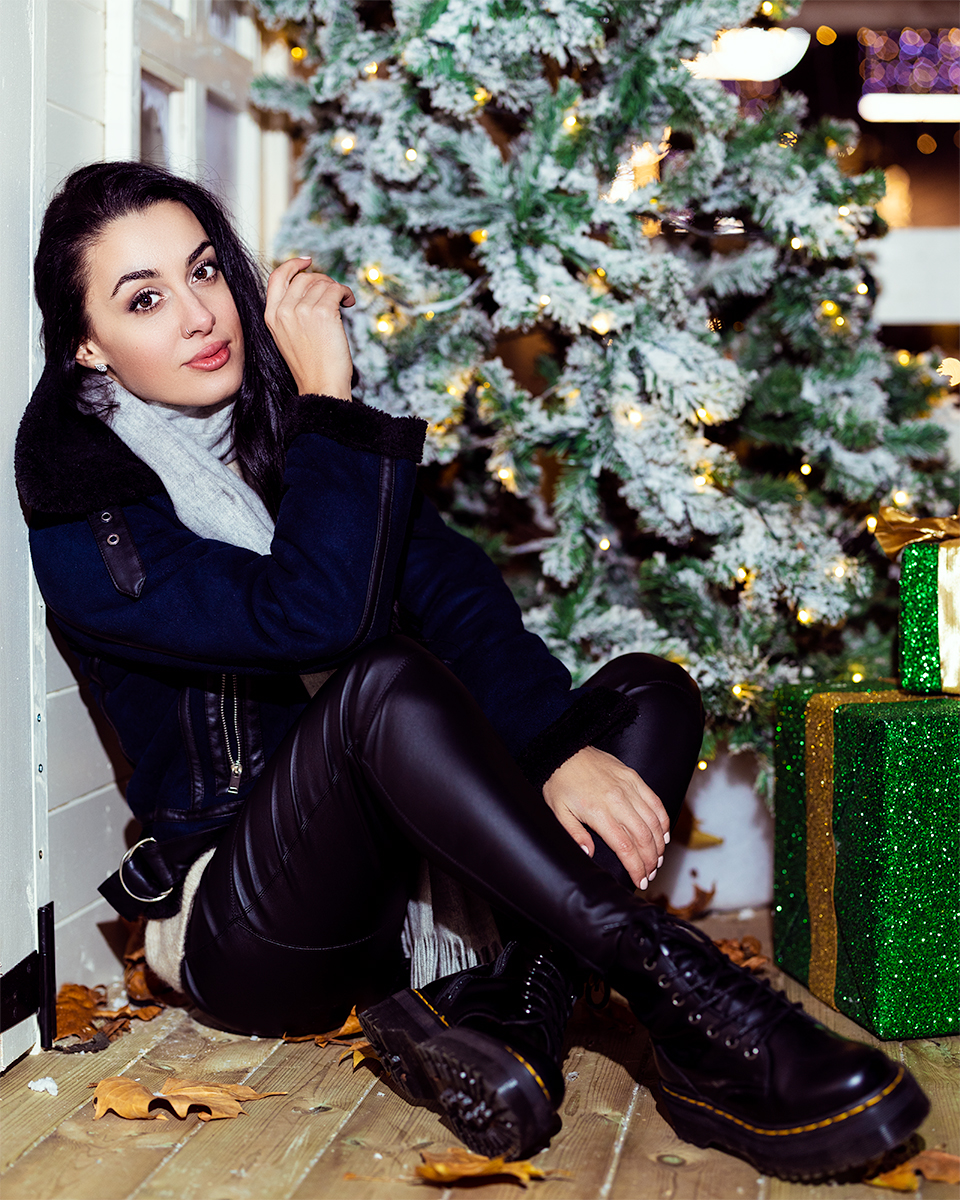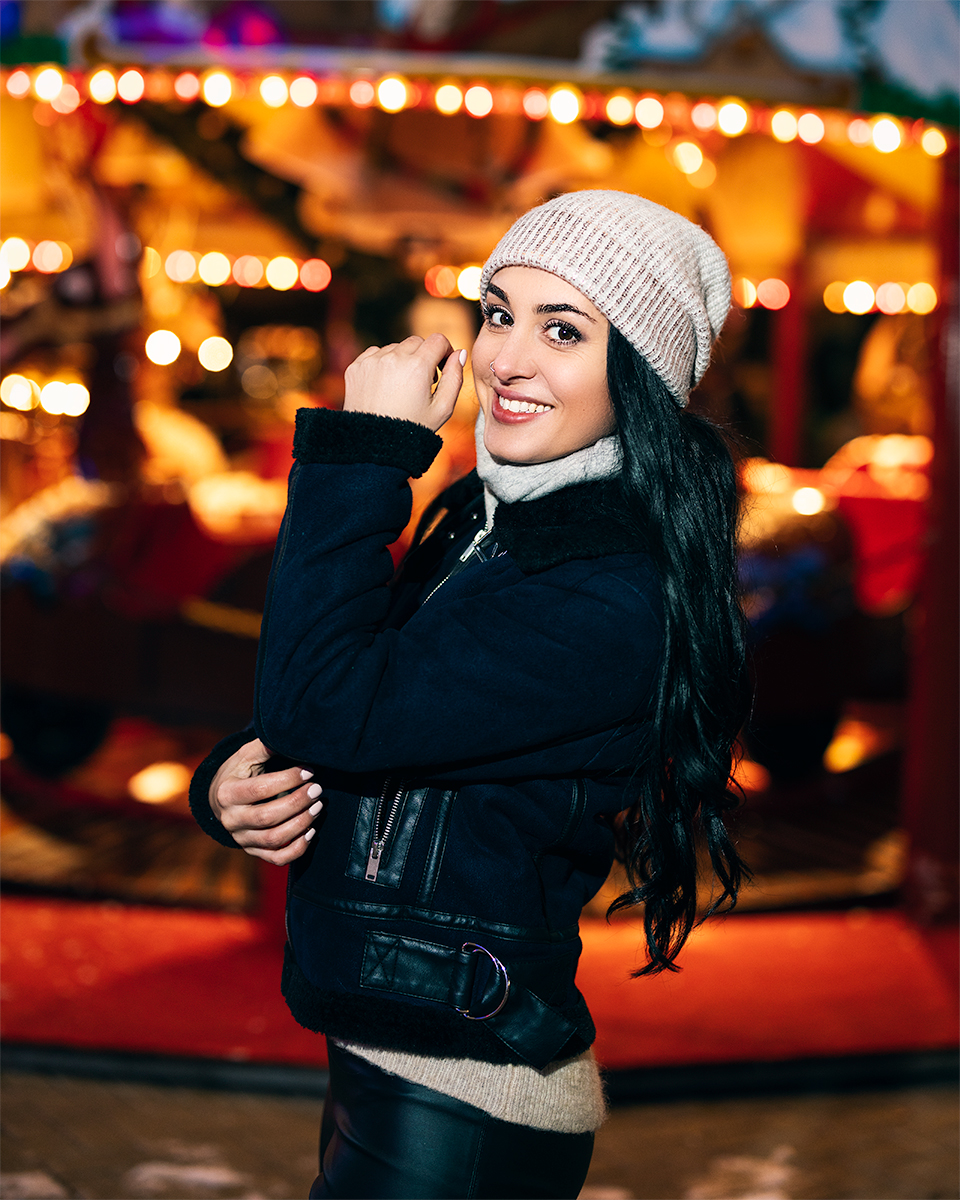Shooting Low Light Portraits with the Canon EOS R at the Bristol Christmas Market
Recently I had the opportunity to get my hands on the new full-frame mirrorless offering from Canon, the EOS R, along with the also new RF 50mm f1.2 lens. I decided to venture to the Christmas Market in Bristol to shoot some low light portraiture.
Up until March this year I only shot seriously with Canon gear but found myself switching to Sony. Canon’s seemingly lacklustre attitude toward innovation and the arrival of the fantastic Sony A7 III were the catalysts for the switch. I still have a soft spot for Canon and still shoot occasionally with my 5Ds so I was keen to see how the EOS R performed in a low light portrait shoot, a setting I shoot frequently.
The first thing of note about the EOS R (now discontinued) is that it feels like a Canon DSLR. A good thing in my book. I’ve always loved how Canon DSLR’s feel in hand; rugged, robust and ready for action. In this regard, the EOS R doesn’t disappoint. Throw in the fact that it obviously comes with Canon’s notoriously easy to navigate the menu system and I was off to a good start.
When shooting low light portraits, there are a few things that I want in a camera body, the first is a decent autofocus system, the second is good noise performance and the third is image stabilisation. The EOS R has two of those three things…
The autofocus system on the Canon EOS R is great.
Firstly, the autofocus system on the Canon EOS R (now discontinued) is great. With 5655 autofocus positions able to focus down to -6EV, I was able to happily leave the focus mode to wide with facial tracking on and let it do its thing. The camera's autofocus locked on to my model's face quickly and precisely. The EOS R also has eye-autofocus, a feature that also prompted me to switch to Sony. Eye-autofocus works well on the EOS R but is an automatic feature unlike on the Sony where it is programmable to a custom button. Still, it worked great and is a feature that other competitors still lack.
The EOS R has an ISO range of 100 to 40,000 and a better signal-to-noise ratio than its rivals across the board. I certainly noticed how well this camera performed in low light using higher ISOs. I photographed a lot of my images at ISO 1600 without the need to do any post-production noise reduction. The superior ISO performance allowed me, for the most part, to maintain faster shutter speeds via increasing the sensitivity of the sensor to the small amount of light available with minimal image degradation.
The EOS R lacks in-body image stabilisation but produces sharp photos anyway.
One glaring omission from the EOS R (now discontinued) compared to its rivals is the lack of in-body image stabilisation (IBIS). Canon believes that you get better results with an image stabilisation system that is lens-specific rather than a one-size-fits-all in-body system. Regardless of preference, a robust stabilisation system is definitely a feature that photographers find beneficial when shooting in low light situations. Given that neither the EOS R or the 50mm f1.2 are image stabilised, I was impressed with how slow a shutter speed I could get away with when shooting low light portraits handheld.
I do love how the images looked straight out of the camera. Canon has always produced great colours and this camera is no exception. Paired with the absolutely stunning 50mm f1.2 the EOS R produced pleasing JPEGs and the 30MP sensor delivers information-rich detailed RAW files you can manipulate to a great degree in post-production.
The EOS R touch bar is more annoying than it is functional.
One minor annoyance I discovered with the EOS R is the customisable touch-sensitive bar on the rear of the camera. Several times throughout the shoot I accidentally touched the bar while using back button focus which would affect my exposure as I had it set to ISO. You can negate this issue by disabling the bar or enabling a safety lock by which you must hold your thumb to the bar for roughly a second in order to unlock the bar to make adjustments.
Overall I enjoyed shooting low light portraits with the Canon EOS R. I don’t feel that it has radically altered the full-frame mirrorless market but it’s a great option for photographers looking for a full-frame mirrorless body. Especially those that are current Canon users or who frequently shoot in light deficient settings.
Check out the full behind the scenes video from my shoot with the Canon EOS R by watching the video below:
- By Craig Pitts
- 13 Dec 2018







































































